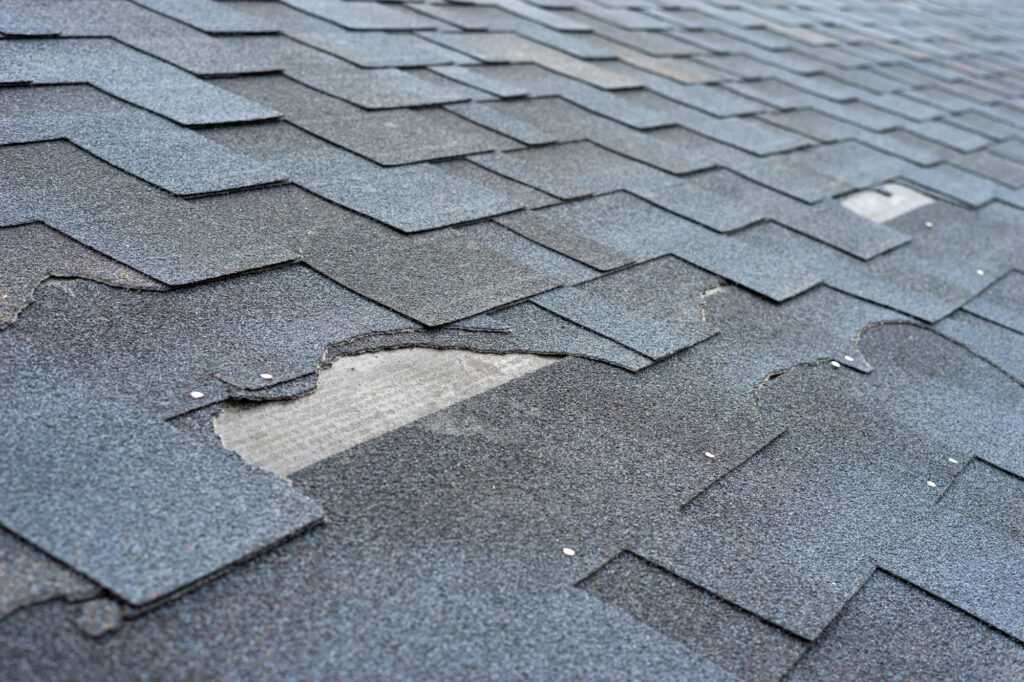How’s Your Roof? A Complete Checklist for Finding Roof Problems

Common roof problems can cost as little as $150 to fix. If these problems go unnoticed and unattended, however, the cost can quickly spiral to more than $1,000. The longer roofing problems go unnoticed, the more likely they are to lead to disaster.
Yet many homeowners never think to check their roofs for problems. Those who do often don’t know where to start or what to look for.
Fortunately, we’ve put together a simple roof problems checklist that you can use to evaluate the roof of your home or business. Keep reading to see how using this checklist can benefit you today.
Why You Need to Check Your Roof
Checking for roof problems is a critical part of being a responsible homeowner. Consider the top two reasons why you should perform a home roof inspection sooner rather than later.
It Saves You Money
Buying new flashing, a tube of caulk or a gutter bracket typically costs pocket change. Installing those little pieces can take only a few minutes. Yet these quick, inexpensive actions can save you a fortune.
If you fail to notice roofing problems until they’ve become severe, on the other hand, you can find yourself looking at thousands of dollars worth of damage and repair expenses. Equally frustrating, you’re likely to lose days or even weeks of your life dealing with the inconvenience of emergency repairs.
It Protects Your Family and Possessions
Your roof is a critical barrier between the rest of your house and the elements. Leaky roofs allow water incursion into the rest of your home. This can lead to:
- Damage to walls and floors
- Serious mold problems
- Loss of personal possessions, including heirlooms
- Structural integrity and safety concerns throughout your home
- Huge repair and restoration expenses
Spending a few minutes inspecting your roof protects everything you own and love.
Home Roof Inspections and Insurance
Did you know that your homeowner’s insurance may not cover damage to your roof?
Generally, insurers do cover damage caused by accidents or bad weather. The catch is that you often need to be able to point to the source of the damage in order to get them to pay for repairs.
So, for example, imagine that you checked your roof in the fall and it was fine. You checked again in the spring and notice clear evidence of damage related to ice damming. You are then able to make a strong case and claim insurance money to help pay for repairs.
Now imagine that you have lived in your home for six years and never checked the roof. If you check it and find damage, you cannot clearly point to when or how that damage occurred. Your likelihood of getting insurance money drops significantly.
Perhaps most importantly, standard homeowner’s insurance policies do not pay for damage considered to be the result of neglect. This means that if you are not regularly checking your roof and performing basic maintenance your insurance may not pay a dime toward roof repairs when you need them.
Roofing Problems Checklist
Roof problems are rarely unique or exciting. Most are simply the result of bad weather or wear and tear. Property owners can use the following checklist to assess their roofs’ health and status.
Sagging
Sagging is when there is a “soft spot” in your roof. You may notice visually it as a dip in the otherwise flat surface. Alternatively, it may feel squishy or insecure under foot when you step on it. Check for:
- Visible dips in the surface of your roof
- Unstable or “soft” spots
Flashing
Flashing is a water intrusion barrier made of metal. It is applied at roofing joints using nails to keep your roof waterproof. Check for:
- Cracks
- Corrosion
- Sealant deterioration
Shingles
Shingles can degrade with age or be demanded by bad weather. They can also suffer from damage related to improper installation. Check for:
- Broken shingles
- Places where shingles are missing
- Loose or poorly secured shingles
Keep in mind that there are many different types of roofing materials. It may be easier to clearly identify damage on some types more than others.
Booting
Booting a gasket used around vents to seal them from the elements. Check for:
- Cracks
- Missing or degraded caulk around the booting
Ice Damming
Ice damming occurs when snow on your roof melts and then refreezes. The accumulated ice can become extremely heavy and cause undue pressure and damage to your roof. Check for:
- Large sections of ice on your roof
- Heavy snow and ice accumulation
Skylights
Skylights are an attractive way to improve the natural lighting in your home. Improperly maintained, however, they can become a serious problem. Check for:
- Leaks
- Cracked or damaged glass
- Cracked or damaged seals
Gutters
Well-maintained gutters help protect not only your roof but the whole of your property. Check for:
- Clogs
- Debris
- Accumulations of leaves and other organic matter
- Cracks or breaks
- Areas where the gutter is loose or improperly secured
Professional Roofing Inspections
Now you know how to inspect a roof. But not everyone can or should conduct their own roof inspection.
In many cases, it is most appropriate to call a local roofing professional. They will have their own comprehensive roofing checklist.
They will also be able to offer clear guidance and expert opinions on costs, timeframes, and priorities when it comes to caring for your roof.
Check for Roof Problems Today
Roof problems don’t have to become big nightmares. Small proactive steps can keep your roof strong for decades to come. Check your roof or call a roofing professional to give it an assessment today.
